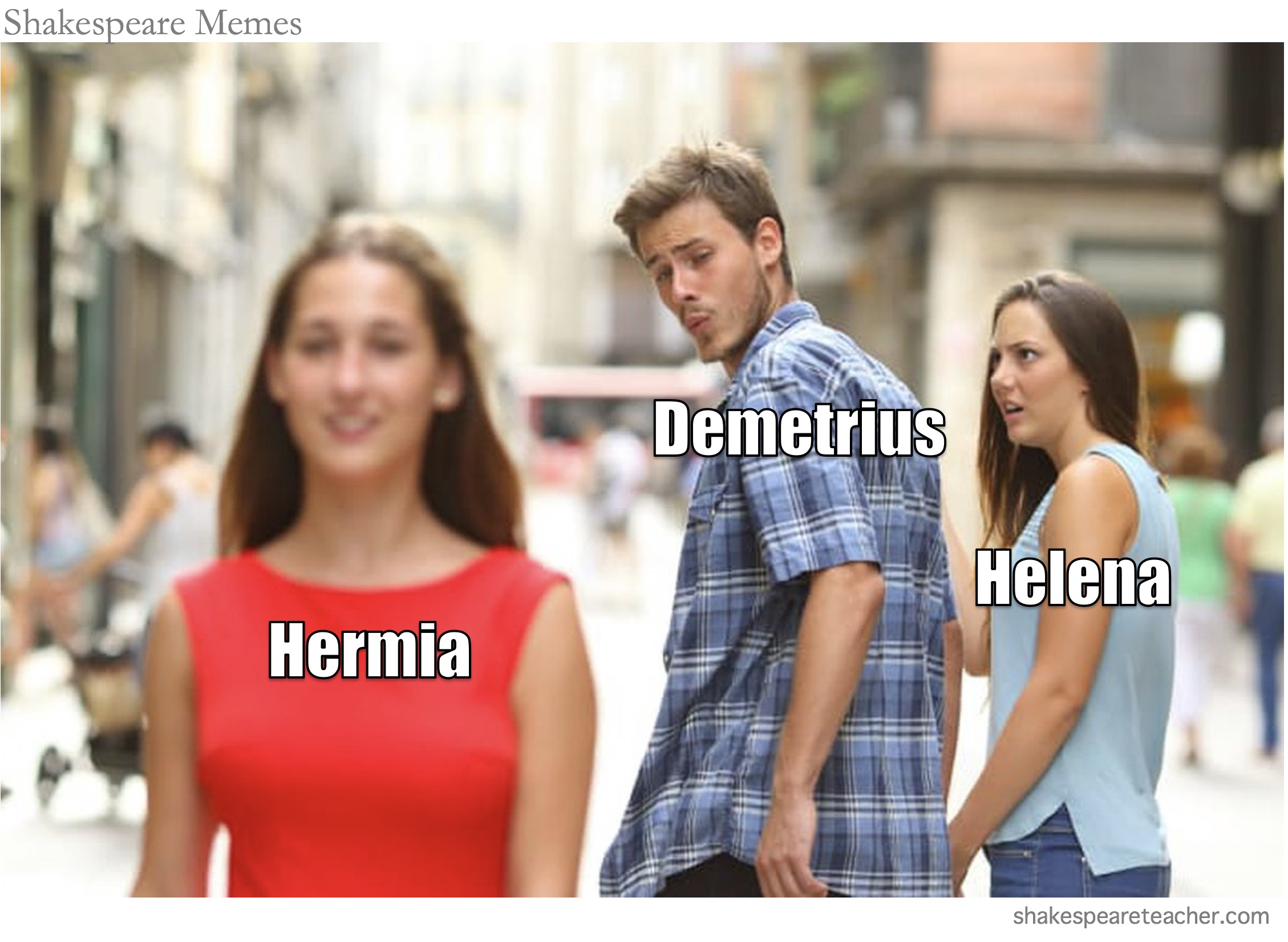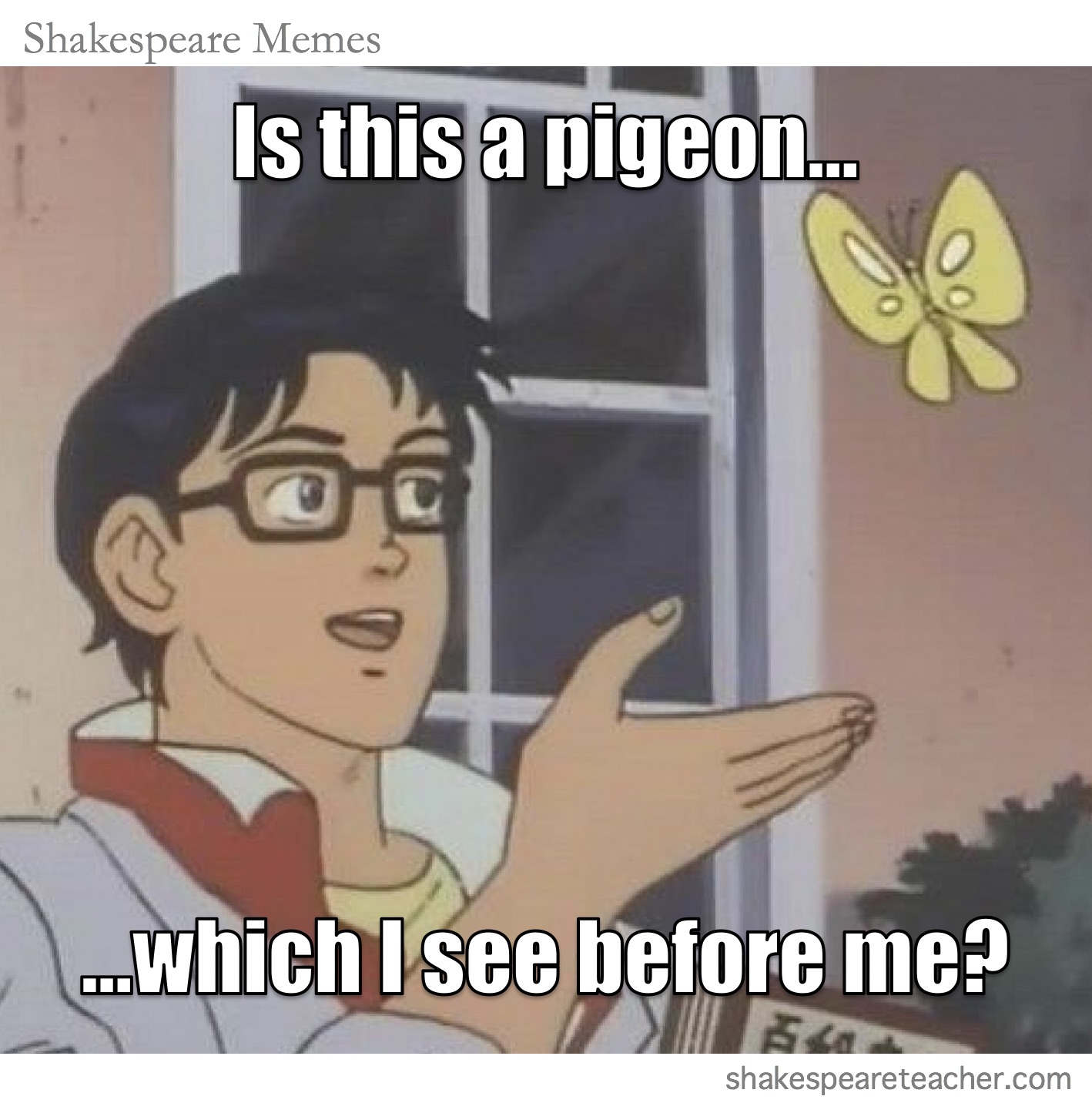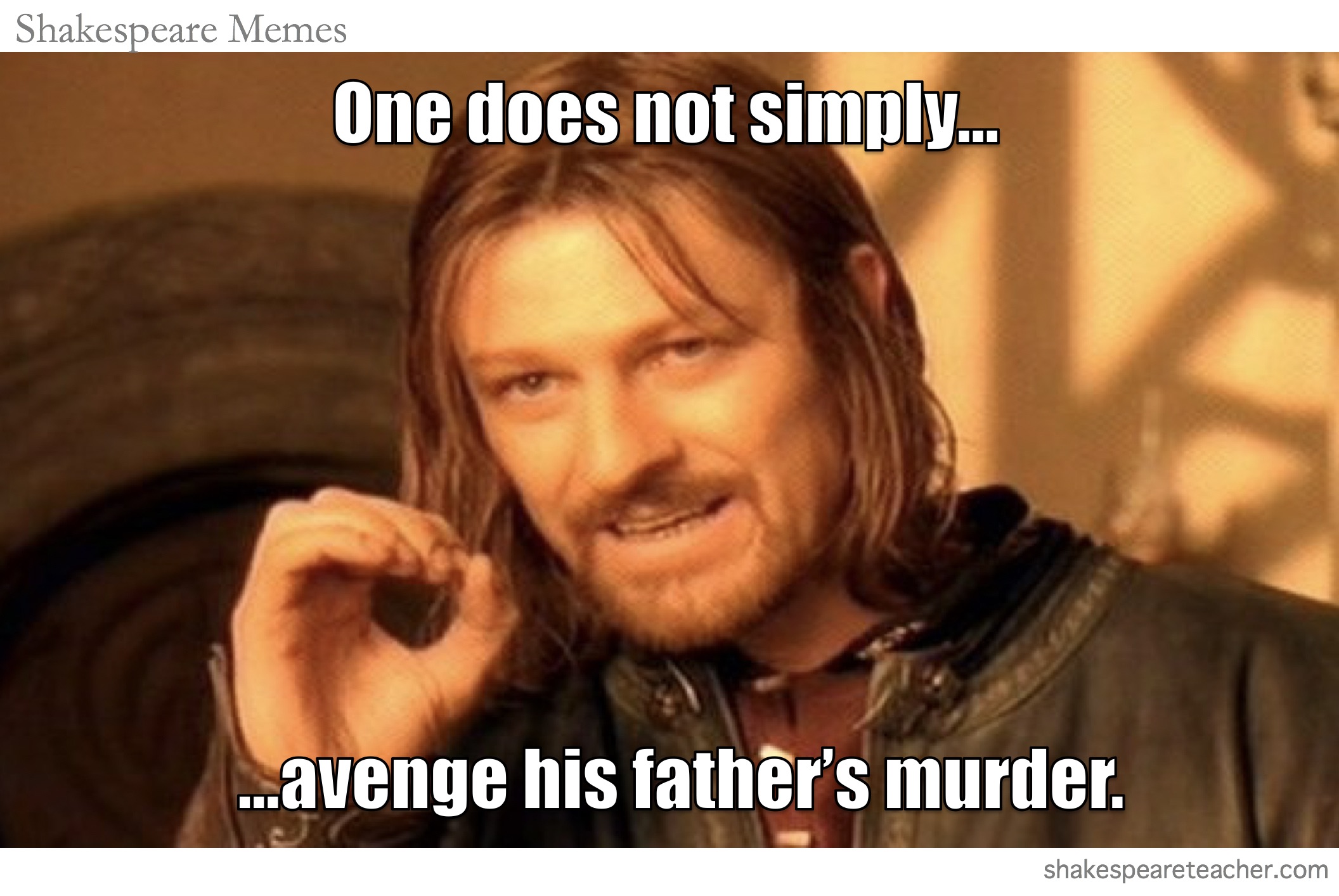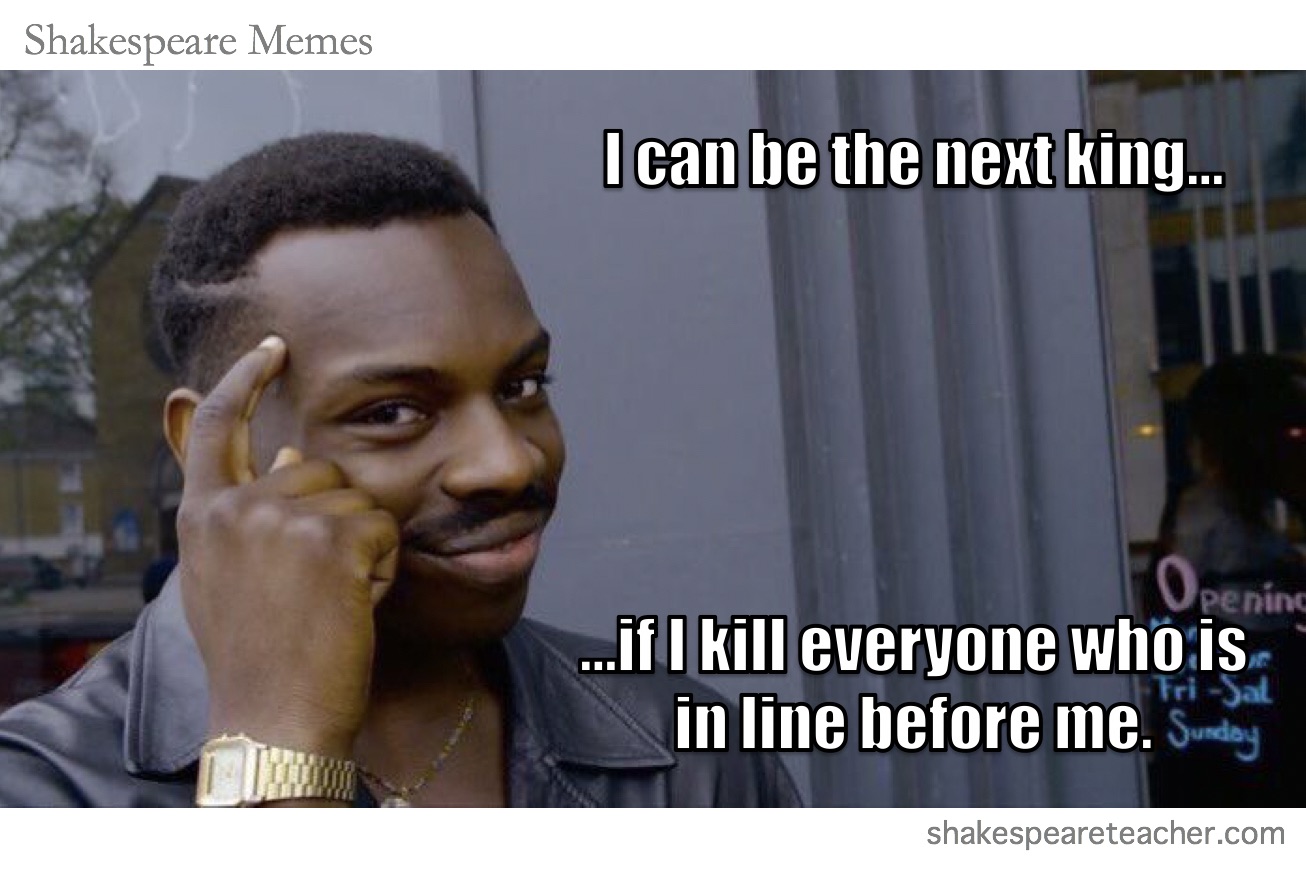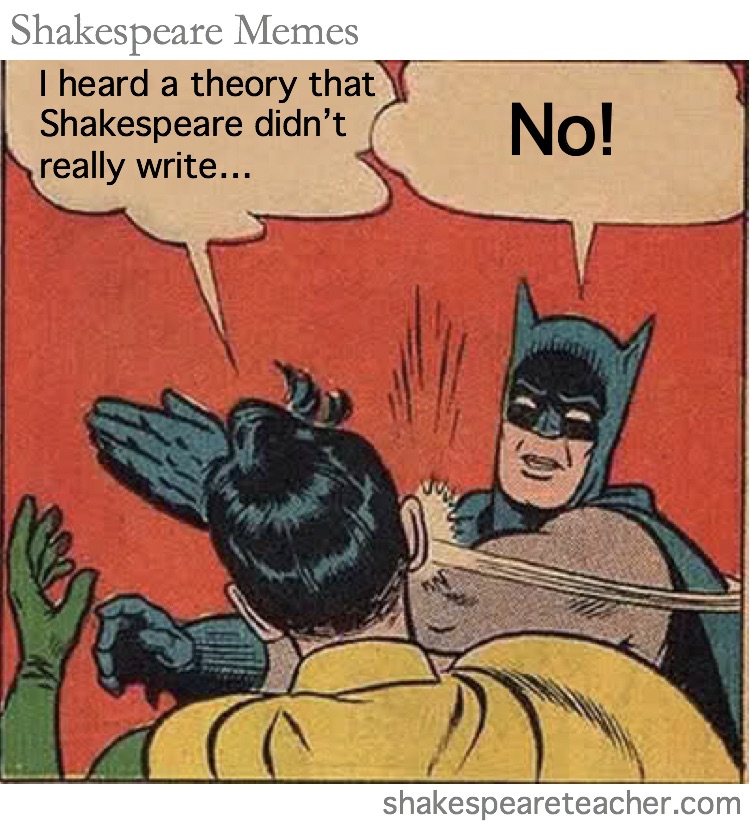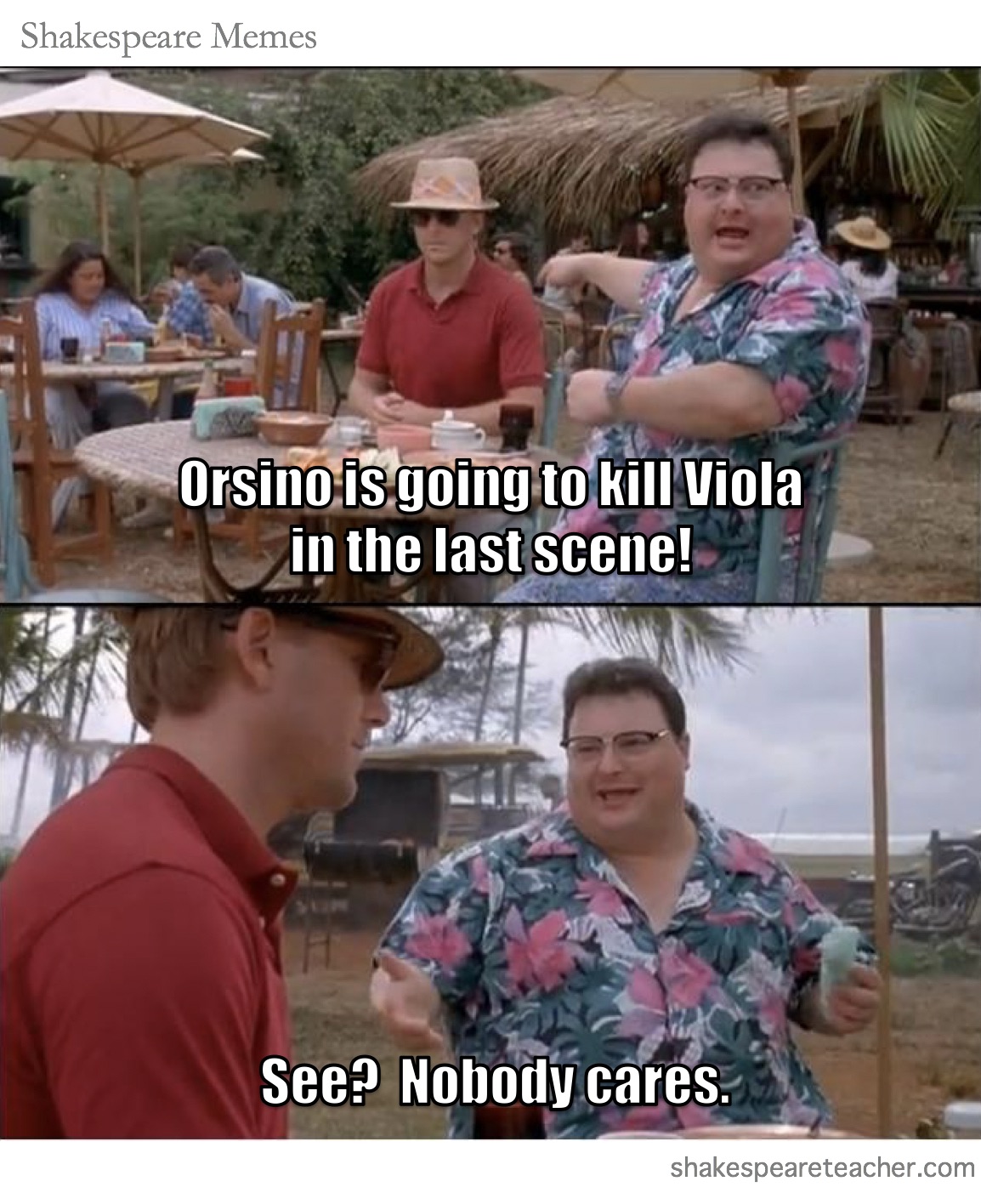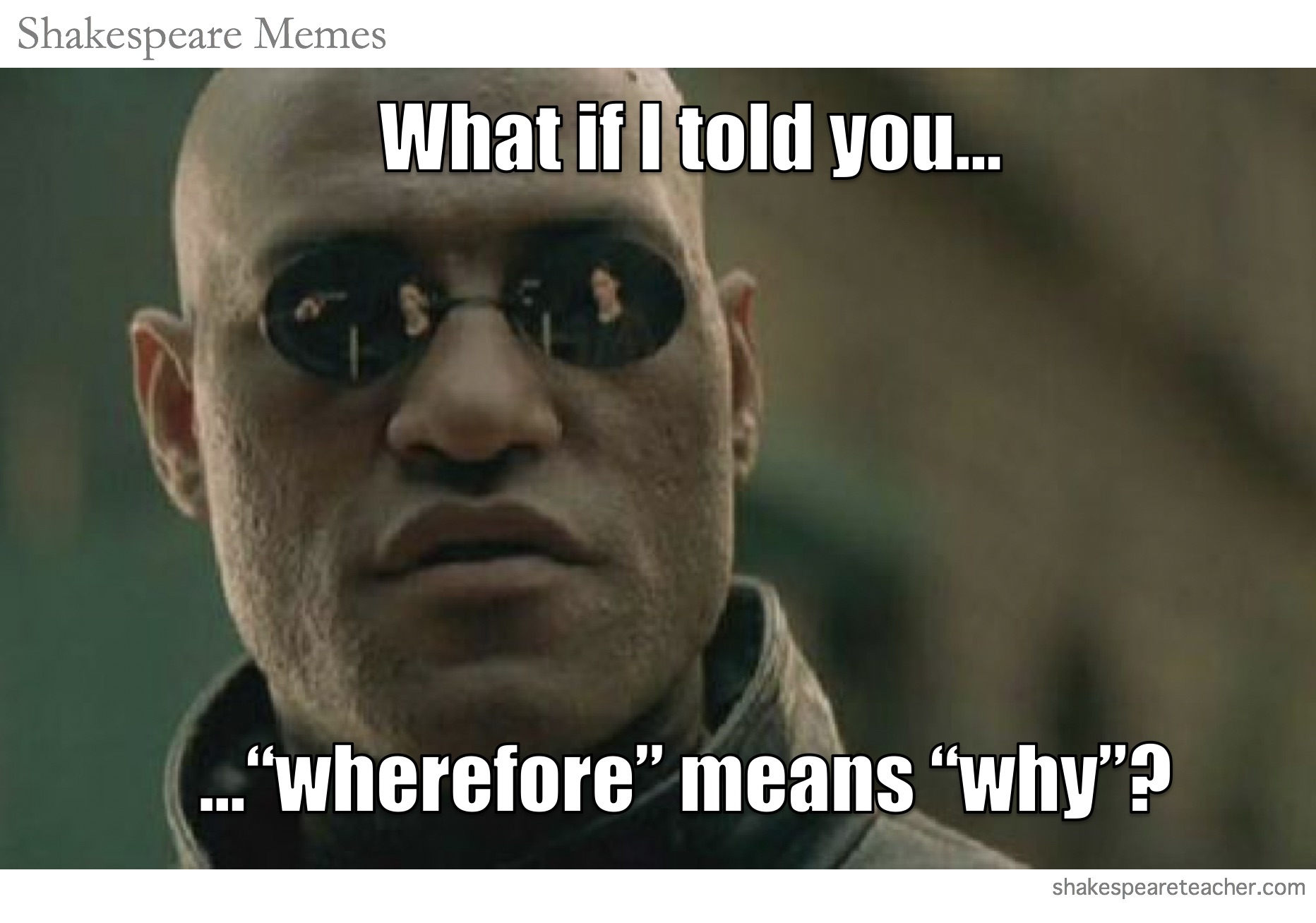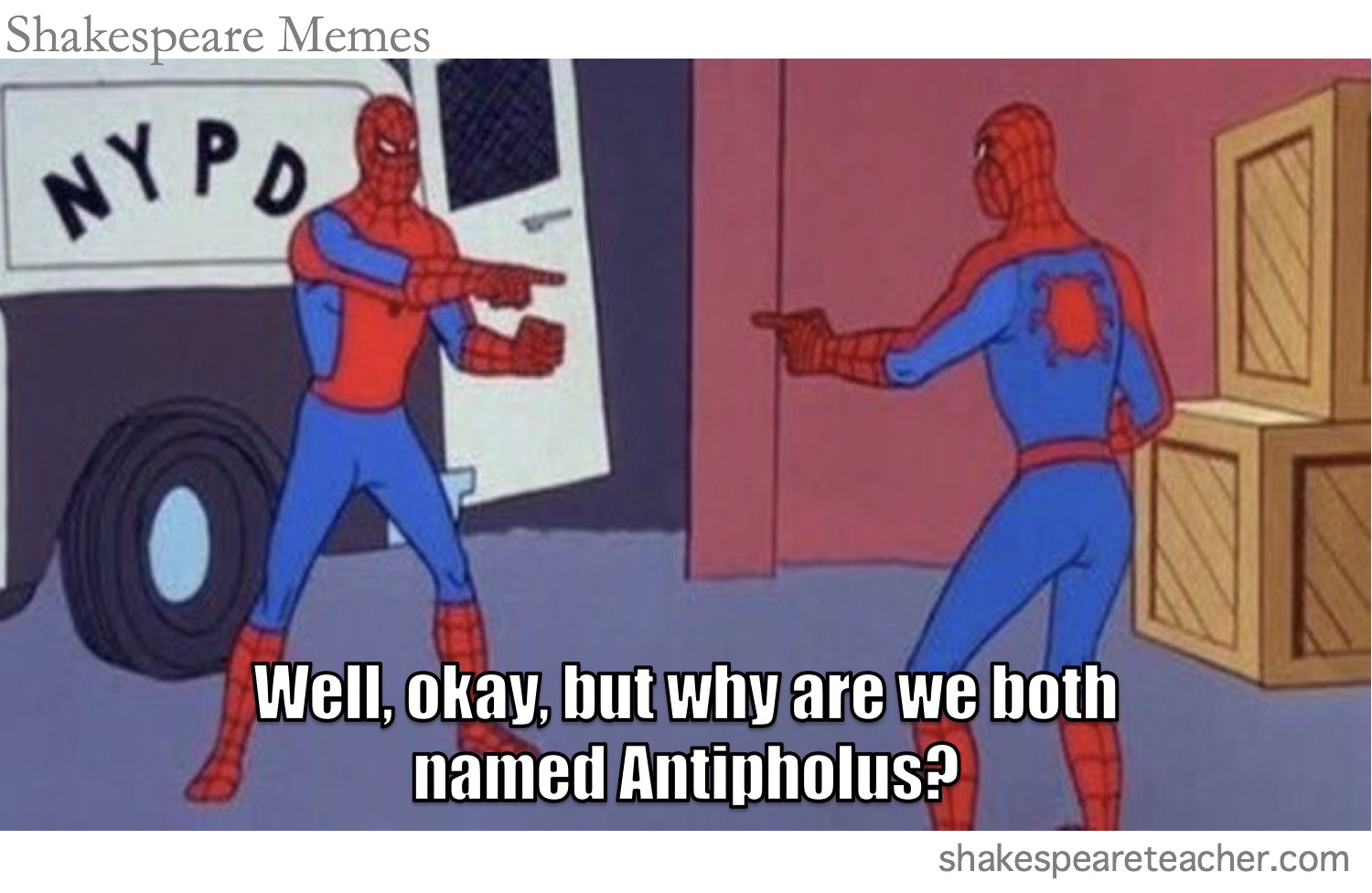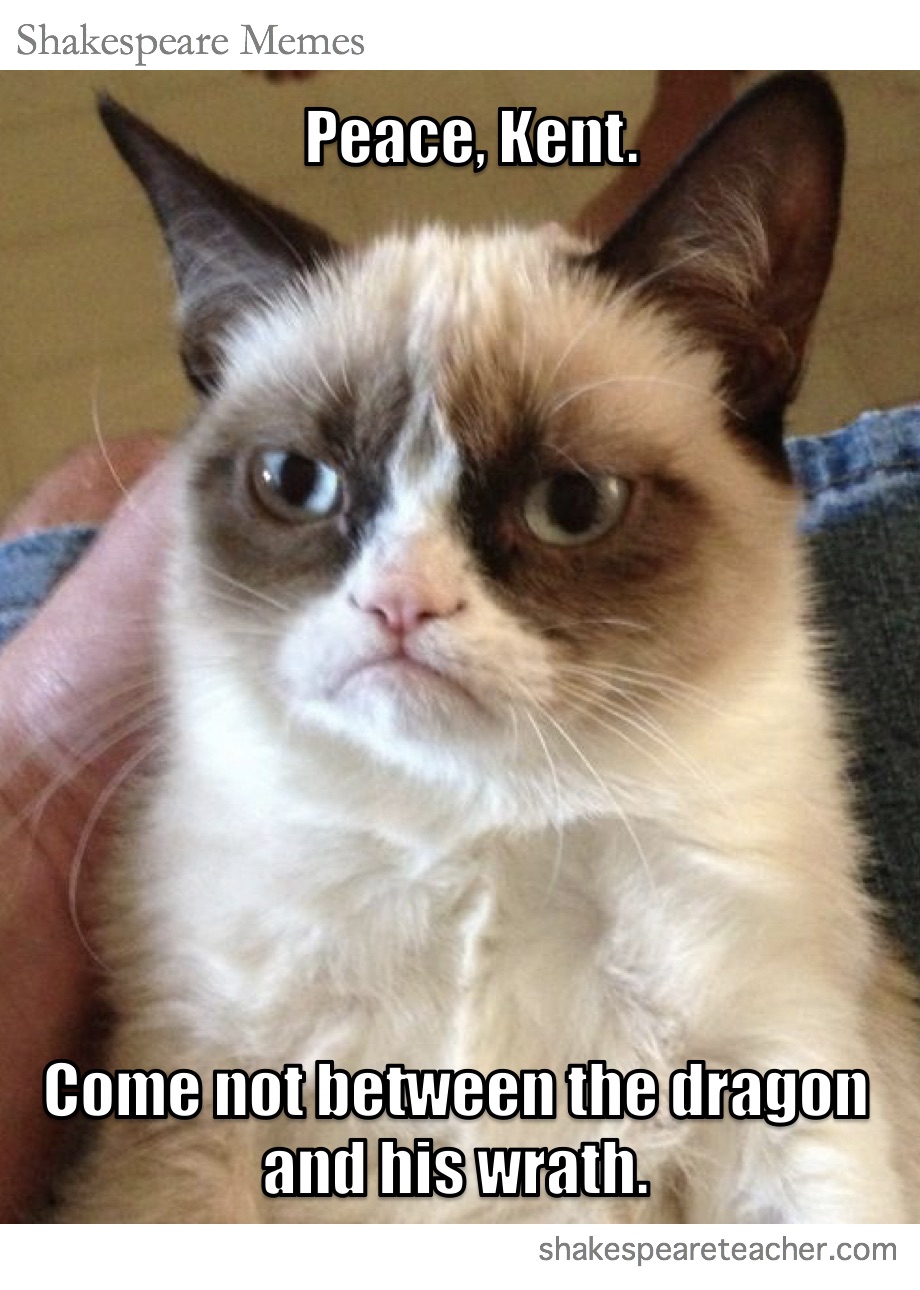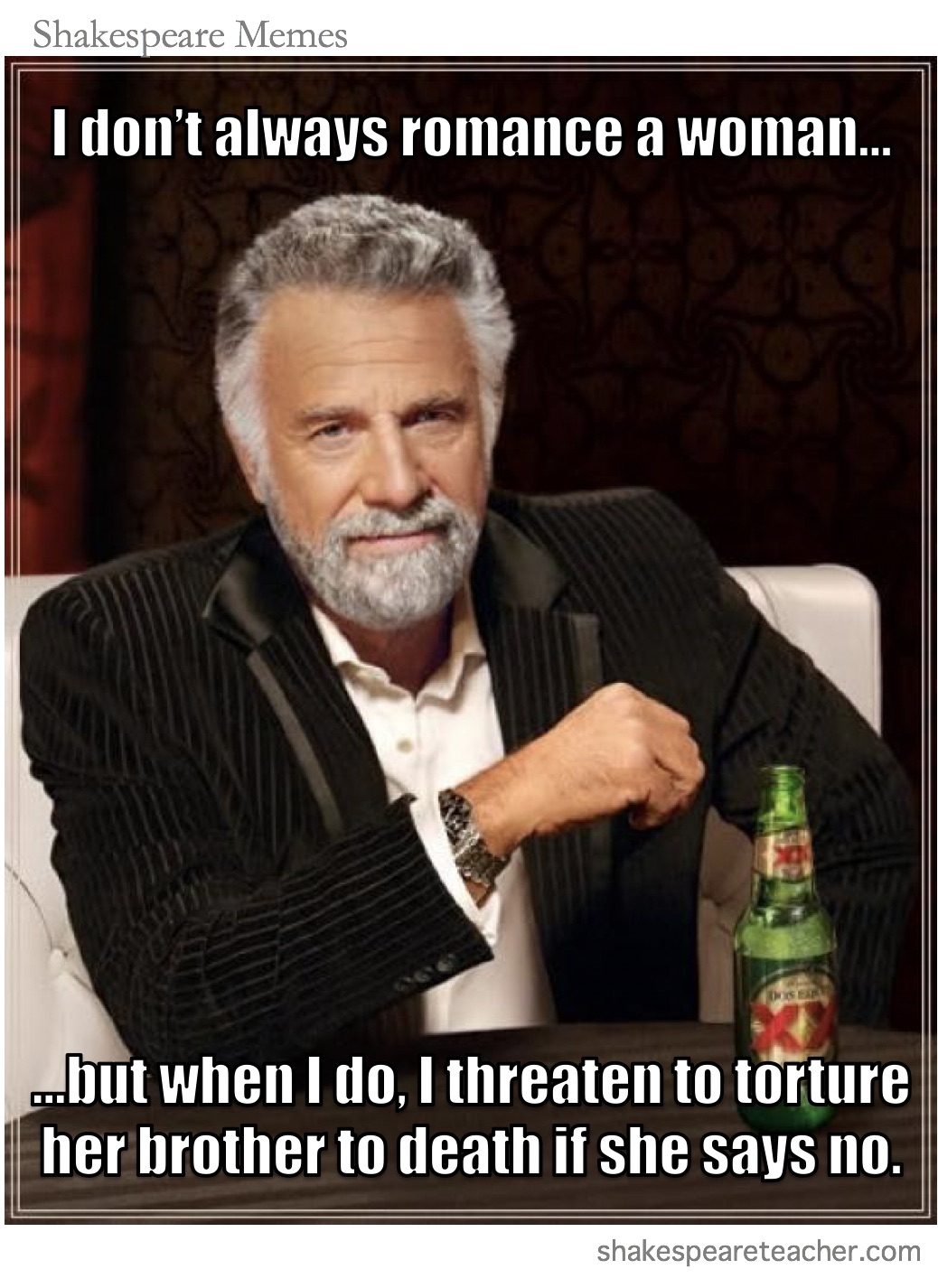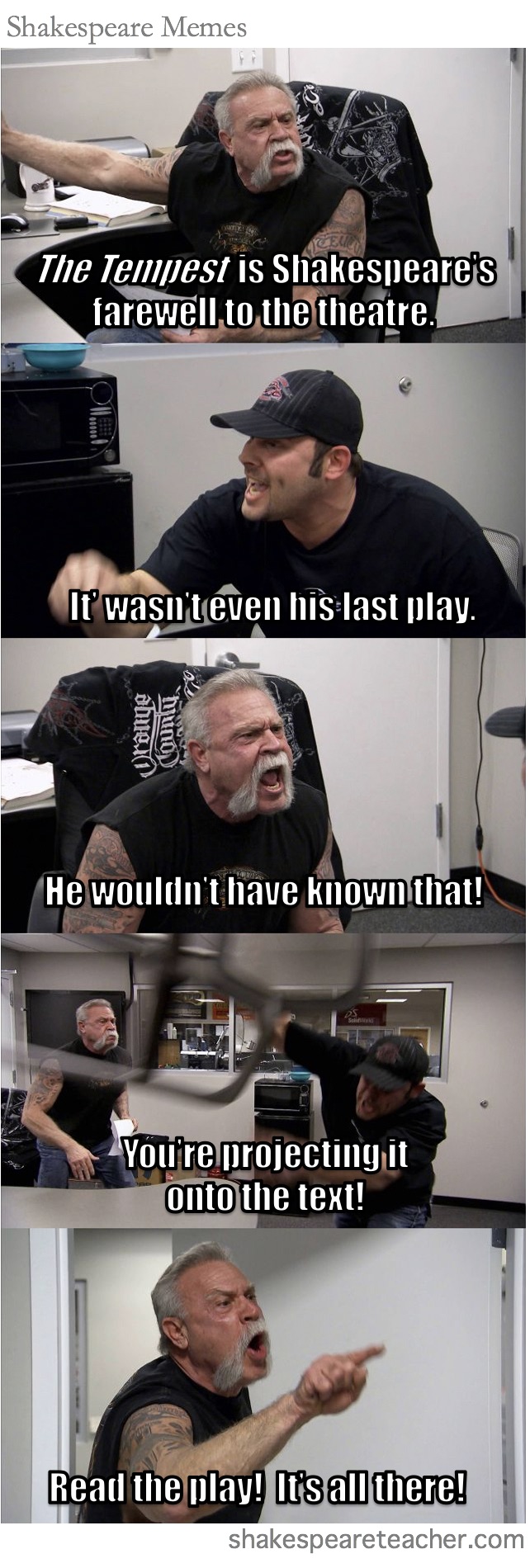The Film/Shake Challenge
Monday, November 1st, 2021I was watching the new Bond movie, and early in the film, Ralph Fiennes, Ben Wishaw, and Rory Kinnear were all on screen together. Instinctually, I found myself thinking “Oh, too bad they’re not doing Shakespeare right now.” And then I thought, “Okay, if I had this cast at my disposal, what would I do? How would I cast it?” And, thus, the Film/Shake Challenge was born.

So, here’s my first attempt, casting Cymbeline using the cast of No Time to Die:
CYMBELINE, King of Britain: Ralph Fiennes
Cymbeline’s QUEEN: Lashana Lynch
IMOGEN, daughter to Cymbeline by his former queen: Léa Seydoux
POSTHUMUS LEONATUS, husband to Imogen: Billy Magnussen
CLOTEN, son to the present queen by a former husband: Ben Whishaw
PISANIO, Posthumus’s servant: Daniel Craig
CORNELIUS, a physician in Cymbeline’s court: Jeffrey Wright
PHILARIO, Posthumus’s host in Rome: Christof Waltz
IACHIMO, friend to Philario: Rami Malek
CAIUS LUCIUS, a Roman general: Hugh Dennis
BELARIUS, an exiled nobleman: Rory Kinnear
There’s a lot you could do with that cast, but instead, let me cast King John with the actors from Dune:
JOHN, King of England: Stellan Skarsgård
QUEEN ELEANOR, King John’s mother: Charlotte Rampling
BLANCHE of Spain, niece to King John: Zendaya
CONSTANCE, widow of Geoffrey, King John’s elder brother: Rebecca Ferguson
ARTHUR, Duke of Brittany, her son: Timothée Chalamet
KING PHILIP II of France: Javier Bardem
LOUIS THE DAUPHIN, his son: Oscar Isaac
DUKE OF AUSTRIA (also called LIMOGES): Jason Momoa
The BASTARD, PHILIP FAULCONBRIDGE, illegitimate son of King Richard I: Dave Bautista
HUBERT, supporter of King John: Stephen McKinley Henderson
Get the idea? Feel free to post your own Film/Shake combo in the comments below!

